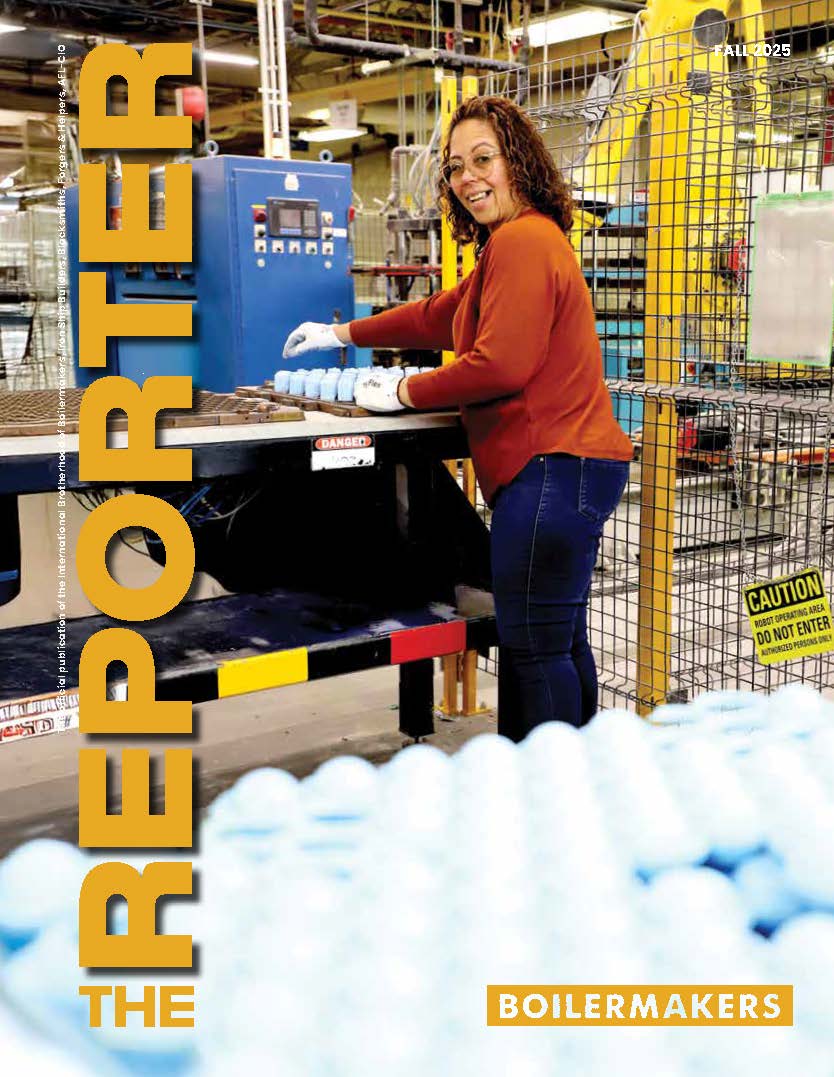Workplace safety receives heavy emphasis
THE DEPARTMENT OF Labor published its Fall 2010 Regulatory Agenda in the Federal Register Dec. 20, 2010, outlining its priorities for 2011. The DOL plans to propose, draft, or make final more than 70 rules affecting employment, many of which target health and safety concerns.
OSHA’s top priority — the Injury and Illness Prevention Program, or I2P2 — has drawn considerable attention. This initiative, first announced in early 2010, would require employers to establish a process to find and fix workplace hazards on their own initiative rather than reacting only after a complaint has been filed. Although some employers already have proactive programs in place (such as Voluntary Protection Programs), there has not been a formal DOL standard requiring them.
The proposed standard anticipates that employers would involve their workers and supervisors in developing and implementing the I2P2s.
OSHA has begun stakeholder meetings on the I2P2 standard to gather input from those who will be affected. The agency hopes to expedite the rulemaking process, with an eye towards issuing a final rule in 2012.
Among the proposed health and safety standards that are expected to reach the final rule stage in 2011 are Confined Spaces in Construction, General Working Conditions for Shipyards, Electric Power Transmission, Hazard Communication, and Proximity Detection Systems for Underground Mines. Implementation dates for these standards will follow publication of the final rule.
Two other significant priorities for 2011 are a proposed OSHA standard for Combustible Dust and a proposed MSHA standard for Occupational Exposure to Crystalline Silica. Combustible dust is a hazard often associated with coal and grain handling, but it affects many other industries, from metal processing to textile manufacturing. Exposure to crystalline silica can lead to silicosis, a serious and sometimes fatal disease that may affect workers — including Boilermakers — in such occupations as cement manufacturing, shipbuilding, mining, and railroad repair.
Other agencies set priorities
IN ADDITION TO health and safety issues, DOL’s Fall 2010 Regulatory Agenda also lists priorities for agencies that make and enforce rules for wage and hour controls, employee benefit programs, labor and management reporting, and federal contracting. Some of the key priorities are described below, by agency.
Wage and Hour Division (WHD)
The WHD plans to issue a final rule in March to implement an executive order by President Obama that will help protect the jobs of workers employed by federal contractors and subcontractors. Executive Order 13495, Nondisplacement of Qualified Workers Under Service Contracts, requires that when a contractor or subcontractor gets a new federal contract that is basically the same as the previous one that non-managerial and non-supervisory workers be given a right of first refusal for employment under the new contract.
The WHD also plans to issue a notice of proposed rulemaking in April that is intended to address the misclassification of employees. The proposal is aimed at employers who erroneously classify some employees as contractors, often in an effort to avoid minimum wage, overtime pay, family and medical leave, or other obligations under the Fair Labor Standards Act (FLSA). According to WHD, the proposed rule would require an employer making a classification to complete a written analysis, notify the employee, and retain the analysis as an FLSA record. It would also require wage and hour information on pay stubs.
Office of Federal Contract Compliance Programs
The OFCCP will consider a number of rulemaking changes that involve federal contractors and subcontractors. Among the office’s priorities are:
- Improve collection of compensation data with the goal of ending the wage gap between men and women, particularly women of color.
- Strengthen affirmative action efforts for recruiting and hiring covered veterans and people with disabilities on federally-funded projects.
- Create a “new method for establishing affirmative action goals” for women and racial minorities in on-site construction occupations.
Employee Benefits Security Administration (EBSA)
The EBSA is seeking to establish more transparency regarding information that is made available to benefit plan participants. The agency hopes to issue a final rule in April that would improve how pension plan fees are disclosed. It also will seek to clarify the definition of “fiduciary” as it relates to persons involved with benefit plans.
Other changes anticipated by EBSA involve rulemaking in connection with the Affordable Care Act.
Office of Labor Management Standards (OLMS)
The OLMS plans to issue a final rule on simplifying and lessening the reporting burden on union officials, who are required under the Labor-Management Reporting and Disclosure Act (LMRDA) to complete Form LM-30 each year.
The agency also intends to publish a proposed rule to expand the scope of employer-consultant reporting required under Section 203 of the LMRDA. Currently, employers who engage with a third-party consultant to discourage workers from forming a union (“persuader” activities) or to gather information about employees or a union regarding a labor dispute must report the employer-consultant relationship on Form LM-10. The consultant must also report the relationship, on LM-20. However, the law provides an exemption to these reporting requirements for consultants providing “advice” to employers. The proposed rule change would narrow the scope of the advice exemption and expand persuader reporting.
The OLMS also plans a notice of proposed rulemaking to review Form LM-21, Receipts and Disbursements Report, required of consultants concerning persuader agreements with employers.
Finally, the agency intends to publish a request for information regarding the use of electronic balloting in union officer elections required under the LMRDA.





